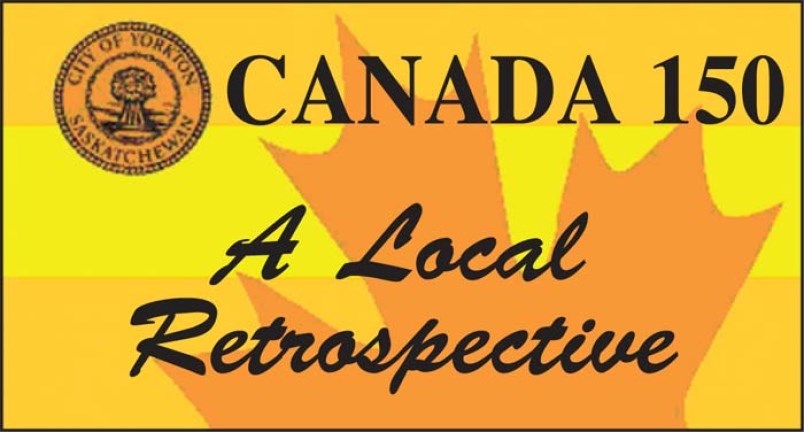This week, in 1960, Melville officially became a city. On August 1, 1960 it became official, and Melville became the 11th city in Saskatchewan.
Melville had been a town for 51 years before the announcement was made about its new status.
There was no major differences in administration or assessment anticipated to go along with the city’s new status.
The Yorkton Enterprise, in the July 28 edition, sent its congratulations to our neighbors on Highway 10 in anticipation of its new status.
“Yorkton and Melville have been friends for many years. Of course there are rivalries between the two, but these are friendly rivalries – rivalries in athletics and in civic pride, rivalries with no root in bitterness or envy on either side.
“Thus we in Yorkton are proud of our neighbor and wish for Melville as a city the same success it has enjoyed as a town and hope that our neighbor’s growth will be vigorous and prosperous for years to come – that it may grow from Saskatchewan’s 11th city to even greater prominence.”
The mayor of Esterhazy, D. A. MacKenzie, meanwhile, had big plans for his town, and believed it would be the next city in the province. He predicted that the city would be home to 20,000 people in 1968.
The reason for the massive growth was potash, and MacKenzie pointed to the example of Carlsbad, New Mexico as an example of what was going to happen in Esterhazy in the next eight years. That was a town of 5,000, but became a city of 35,000 thanks to potash development.
In anticipation of the town’s predicted growth, MacKenzie was arguing for the modernization of sewer and water systems to handle the inevitable influx of people.
The current population of Esterhazy is 2,474 people.
If you wanted to call someone about either place, you had to remember to add 78 before their telephone number. Yorkton adopted the 7 digit phone number system in 1960, putting it on the same standardized system that the rest of the continent used. The change, ten years in the making, meant that it was now easier and faster to call long distance. At the time you could still call a local number by using the final five digits, but Eric H. Handford, district manager of Saskatchewan Government Telephones, recommended people dial the full number in order to get into the habit.
The change over was simple for Yorkton residents, but rural residents saw their numbers change completely. There were also new code rings for rural subscribers. Instructions for the changed system were given to all subscribers and included in the telephone directory.
Telephone system employees also had to undergo intensive training in order to get a handle on the new telephone system.
But there was no time for telephones, it was canning time. O.K. Economy and Shop-Rite had apricots on sale for $2.69 for a 14 lb. case or cherries on sale for $8.69 for a 20 lb. case. Of course, many people were canning vegetables grown from their own garden, and the store was very proud of their large display of canning supplies.



